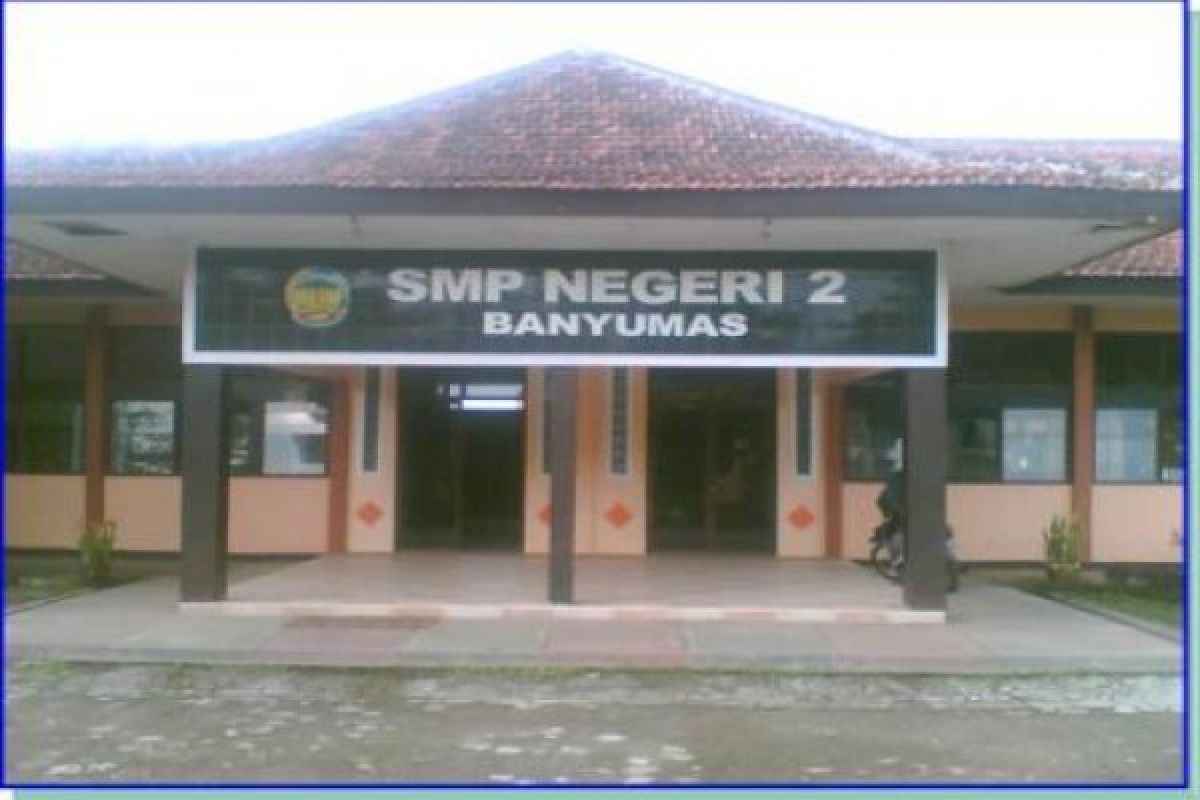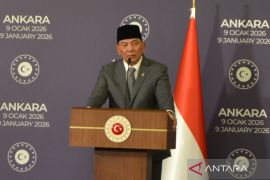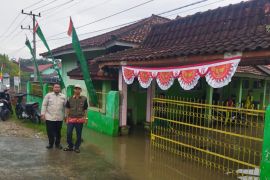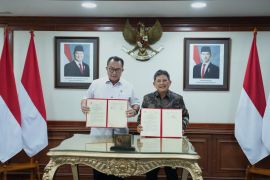"Elevators generally use electricity to drive the motor that lifts and lowers them."Banyumas (ANTARA News) - Three junior high school students of SMP 2 Banyumas, Central Java, have created an energy-efficient elevator that uses water as a counterweight.
When the reporter met them, the three students, who had joined the Youth Scientific group at their school, said the elevator was named "Lidirum," which was a combination of their names: Yuli Setyani (15), Dimas Satriawan Risen (14), and Rumiati (14).
"The idea of making the elevator came from thinking about the traffic congestion in Jakarta, while the existing pedestrian bridge is rarely used by residents because they have to climb the stairs," said Yuli Setyani.
Seeing this, she and her friends tried to find a solution to make the existing pedestrian bridge more comfortable, so the citizens would want to use it.
"With the guidance of our physics teacher, Aji Sambudi, we ended up making a miniature elevator for the pedestrian bridge and got the second prize for the Scientific Creativity Contest Youth (LPIR) National Level in Banjarmasin, Kalimantan," she remarked.
Regarding the elevator's mechanism, Dimas noted that the elevator works by using a pump to supply water to the tank acting as a counterweight.
"When the counterweight tank fills with water, the elevator rises to the top, and if the water in the tank is released, the elevator will go down," he stated.
With this invention, pedestrians who want to cross the street will feel more secure and comfortable.
Guidance counselor Aji Sambudi pointed out that they had quickly researched ideas on the Internet after settling on the idea of making an elevator.
He said the elevator using water as a counterweight would be considered more energy efficient because its electricity consumption was only 50 percent of the consumption of existing elevators that are more widely used.
He stated that electricity is needed to pump the water into the tank.
"Elevators generally use electricity to drive the motor that lifts and lowers them," he remarked.
He admitted that this elevator would require a lot of land if it was used on a highway because one side would need a larger tank for use as a counterweight.
He pointed out that the elevator could not be implemented in buildings yet since the group is still adjusting the settings.
"We are still trying to figure out the settings, so the elevator can stop at each floor," he said.
The head of SMP 2 Banyumas Suyudi is proud to see the work of his students, who were able to perform well at the national level even though their school is not an international-standard pilot-project school (RSBI).
"If the government can develop and implement this invention, it may be able to reduce the number of accidents in areas prone to traffic accidents," he said.
(U.S038/INE/KR-BSR/A014)
Editor: Priyambodo RH
Copyright © ANTARA 2013












